Pluto SDR Plus 70M-6GHZ | AD9363 ZYNQ 7010 FPGA SDR Transceiver | Dual TX/RX Channels | ADI ADALM-PLUTO Compatible
Original price was: $353.80.$299.90Current price is: $299.90. (EU VATs Exclude)
Pluto SDR Plus is a powerful upgrade to the original Pluto SDR device. This device features 2 sets of TX/RX ports, providing increased versatility and connectivity options. It also features Gigabit Ethernet and USB 2.0 with OTG connectivity, ensuring fast and reliable data transfer. The built-in VCTCXO 40MHz with 0.5ppm crystal oscillator provides precise frequency control and stability. With the 512M of RAM and 32M of Flash Memory, the Pluto SDR Plus is able to run more complex software applications with ease. Moreover, this device supports the use of a TF card for even more storage options, and it could boot from the TF card directly with the configuration of the boot options by setting jumpers . The durable aluminum housing ensures that the device is well-protected from the elements and is built to last, at the same time, it also protects the sdr unit from the RFI.
Documents:
- https://drive.google.com/file/d/1OnJOtojzaN82d3yuHzG1YkfeXNFKKYbA/view
- https://github.com/plutoplus/plutoplus/releases
- Satellite Ground Station for the QO-100 Es’hail-2 Geostationary Bird : 8 Steps (with Pictures) – Instructables
Features:
- -ADC/DAC: AD9363(Can hack to AD9361 or AD9364)
- -2 Transmit, 2 Receive channel
- -RF Range: 70MHZ~6GHZ
- -Ref Clock: VCTCXO 40MHz with 0.5ppm
- -SOC: Zynq7010 FPGA:28k
- -RAM: 512M
- -FLASH: 32M
- -USB: 2.0 Support OTG
- -Ethernet: 1000Mb
- -Micro SD can use to boot
- -DC_IN: 5V +-0.5V-2A microUSB
Notes:
1. Interface:
- Please note that all IO levels are 1.8V.
- When using the official ADI-PlutoSDR firmware, please connect to URST-MI052.
- When using Pluto+ firmware and need to support Ethernet, please connect URST-MIO46
- When using SD card to boot, please connect SD-H to 1V8
- When using JTAG to debug, please connect JTAG# to GND
- Please connect EXCLK to GND when using external reference clock input
2. PTT key port: PTT drives optocouplers through GPIO0 (MI00), which requires an external relay or control circuit.
3. DFU KEY: At any time, you can press the DFU button and power on PLUTO+ again to enter the DFU mode, but you need to connect the URST jumper to MI052
4. Ref CLK input IPEX: You can connect a cable to input an external high-precision reference clock for AD9363 through the IPEX interface. The main level should not exceed 3.3V, and the EXCLK jumper needs to be connected to GND to turn off the built-in clock
5. Calibrate the frequency of the built-in VCTCXO: The frequency of the 40M clock can be fine-tuned by adjusting the adjustable resistor next to the VCTCXO, provided that you have a reference signal source
6. Micro-SD: Support booting via SD card, need to connect SD-H jumper to 1V8
FAQs:
- 1.What is the Pluto SDR?
The Pluto SDR is a software-defined radio (SDR) device that allows for low-cost experimentation with wireless communications. - 2.What makes the Pluto SDR Plus different from the original Pluto SDR?
The Pluto SDR Plus is an upgrade from the original Pluto SDR and features two sets of TX/RX ports, Gigabit Ethernet and USB 2.0 with OTG connectivity, a VCTCXO 40MHZ0.5ppm crystal oscillator, 512M of RAM, 32M of flash memory, and support for TF cards. - 3.Can I use the Pluto SDR Plus for commercial applications?
The Pluto SDR Plus is designed for both hobbyist and commercial use, providing versatility and functionality for a range of applications. - 4.Does the Pluto SDR Plus come with any software or do I need to purchase it separately?
The Pluto SDR Plus does not come with any software pre-installed, but there is a wide range of open-source software available for free on the internet. - 5.What is the frequency range of the Pluto SDR Plus?
The frequency range of the Pluto SDR Plus is 70MHz to 6GHz, allowing for experimentation with a wide range of wireless communication protocols.
Cases of Application:
The Pluto SDR is a highly versatile device that can be used in a wide range of applications. Here are a few notes on some popular use cases:
- Wireless Communication Experimentation: The Pluto SDR provides a low-cost platform for experimenting with wireless communication protocols, including LTE, Wi-Fi, Zigbee, and more.
- Software-Defined Radio: The Pluto SDR can be used as a software-defined radio, allowing users to receive and transmit signals using custom software and algorithms.
- Spectrum Analysis: The Pluto SDR can be used for spectrum analysis, enabling users to visualize the frequency spectrum of wireless signals and identify interfering signals.
- Digital Signal Processing: The Pluto SDR is capable of running complex digital signal processing algorithms, making it a useful tool for a wide range of applications, including signal analysis, signal generation, and more.
- Radio Astronomy: The Pluto SDR can be used in radio astronomy, allowing users to receive signals from celestial bodies and study the radio emissions from astronomical objects.
- Internet of Things: The Pluto SDR can be used as a low-cost gateway for Internet of Things (IoT) devices, providing a bridge between IoT devices and the internet.
- Automation: The Pluto SDR can be used in automated systems, providing a way to wirelessly communicate with sensors, actuators, and other devices.
| Weight | 0.3 kg |
|---|---|
| Dimensions | 150 × 120 × 60 mm |
Only logged in customers who have purchased this product may leave a review.
You may also like…
-
Radio Antennas
HF+6M Multiband Antenna | Vertical Portable GP | Field Day Travel Antenna | POTA SOTA Ham Radio
Original price was: $185.50.$159.99Current price is: $159.99. (EU VATs Exclude) Select options This product has multiple variants. The options may be chosen on the product page -
Radio Acces
HF digiBox -Amateur Radio digi Mode Interface |FT8, RTTY, PSK31| Sound Card Interface for KX3/KX2 uSDX uBitx FT8x7 Xiegu G90s
$33.90 – $41.99 (EU VATs Exclude) Select options This product has multiple variants. The options may be chosen on the product page -
Radio Acces
HF/VHF RX Antenna Switch | Multiple Antennas to One SDR Receiver | RF Switch for SWL/Ham Radio Shortwave
Original price was: $42.99.$33.30Current price is: $33.30. (EU VATs Exclude) Add to cart
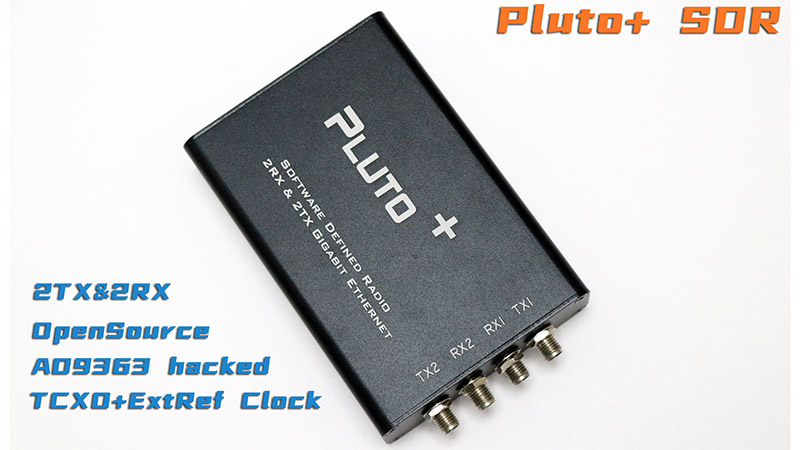
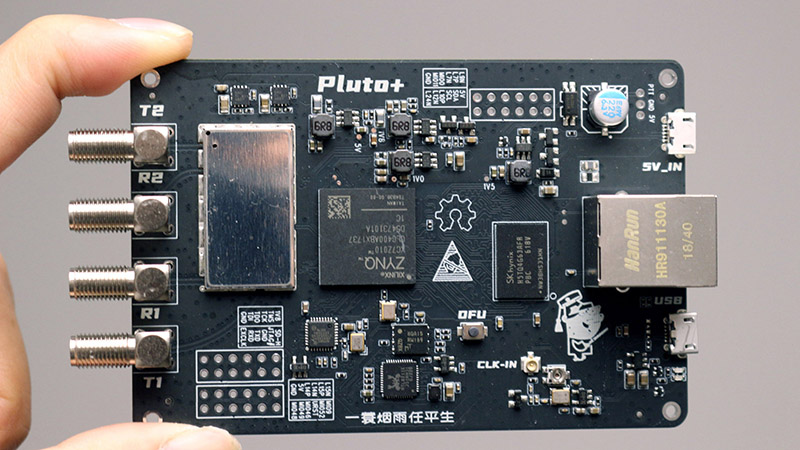
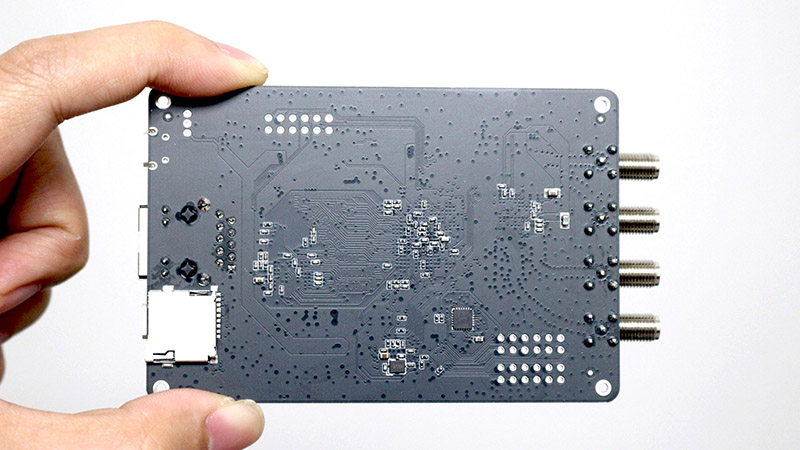
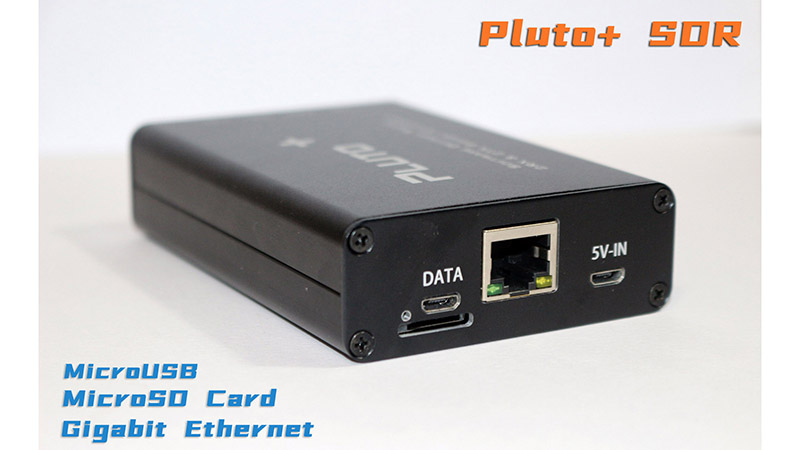
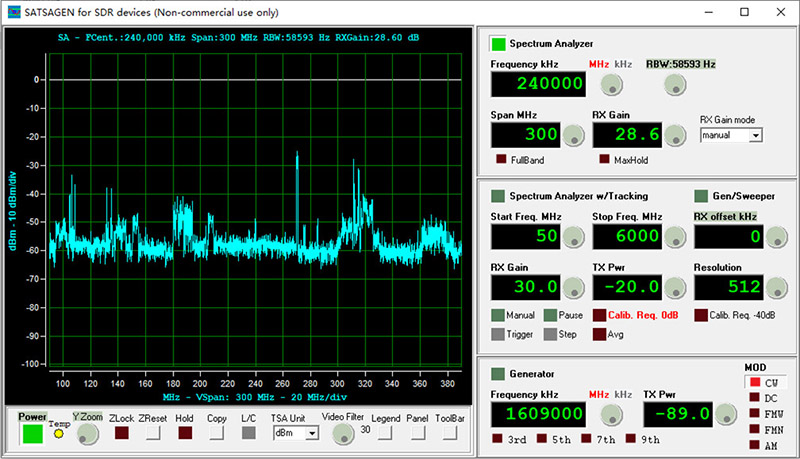
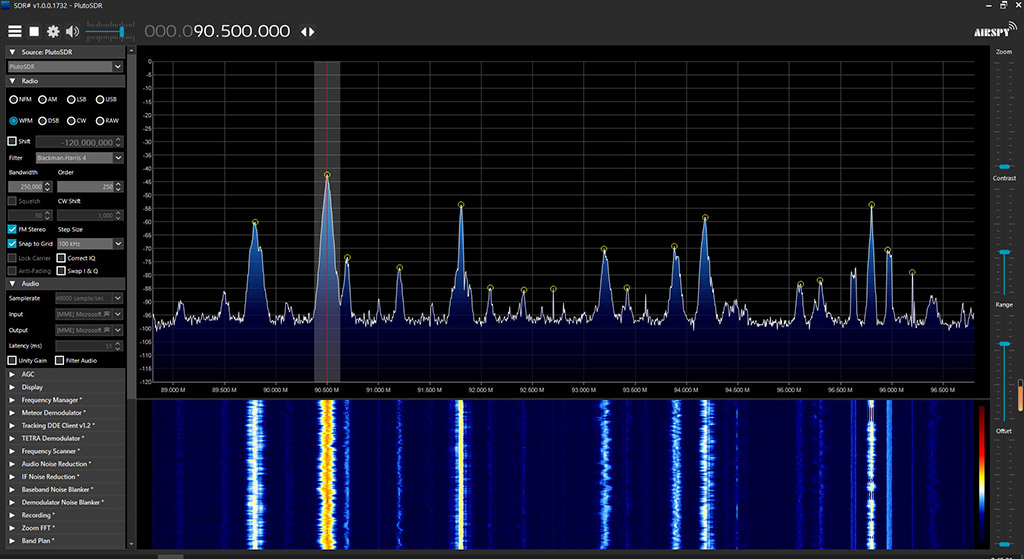
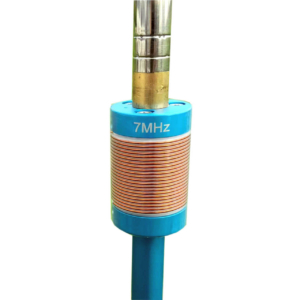
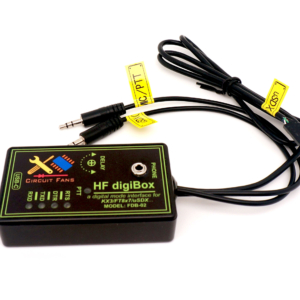
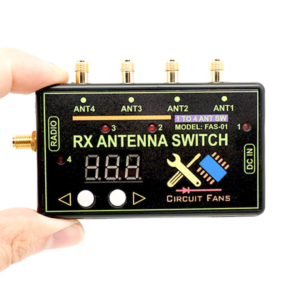
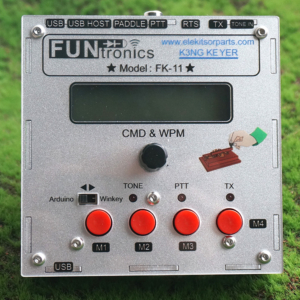

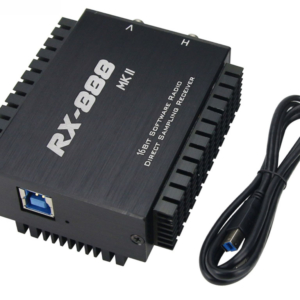
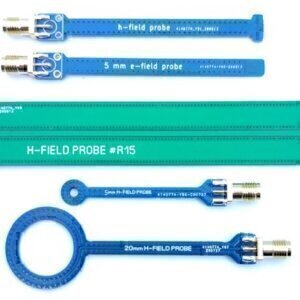
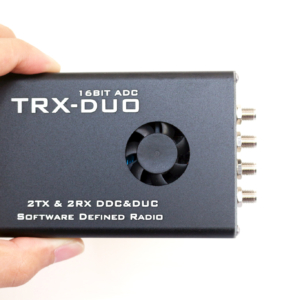
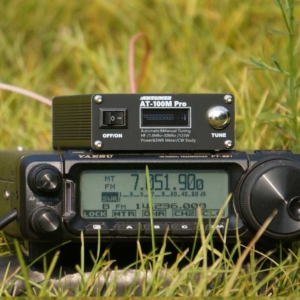

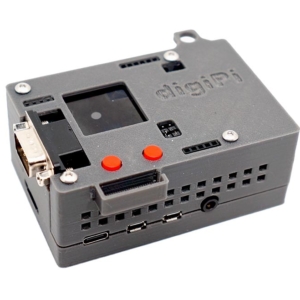
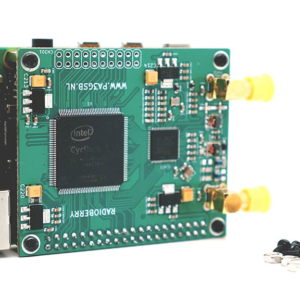
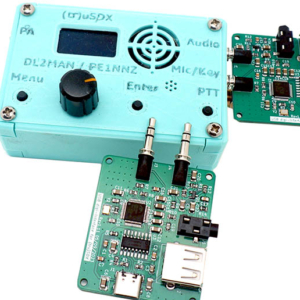

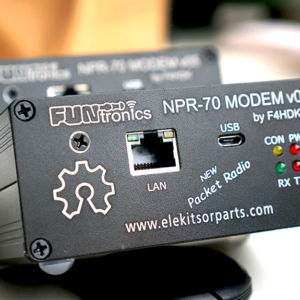
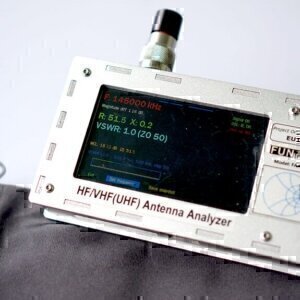
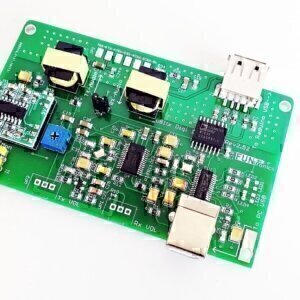


Reviews
There are no reviews yet.